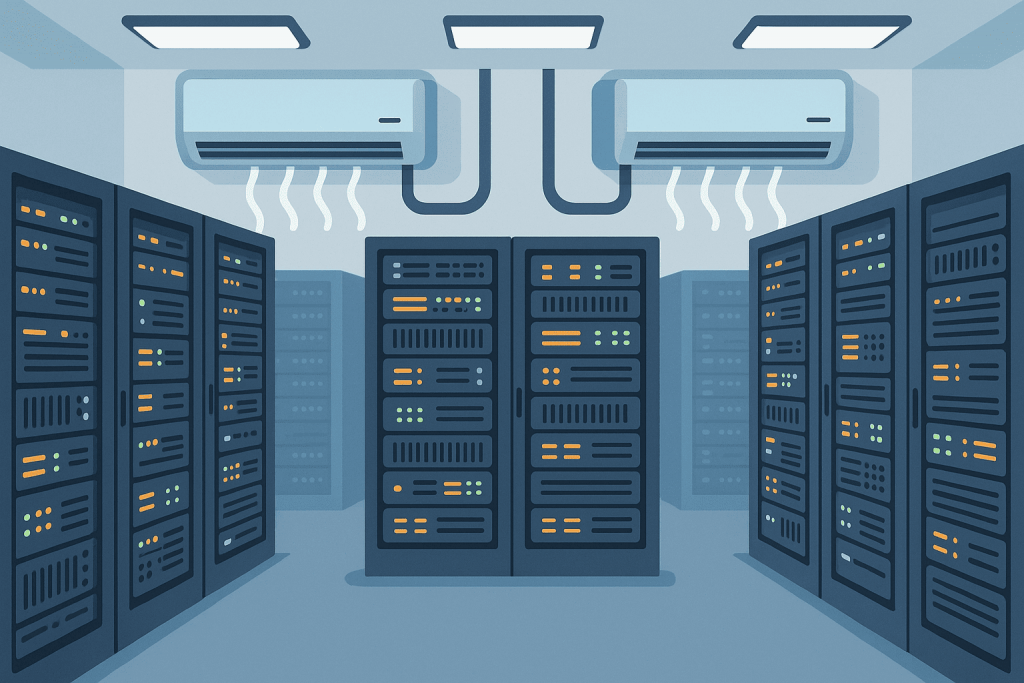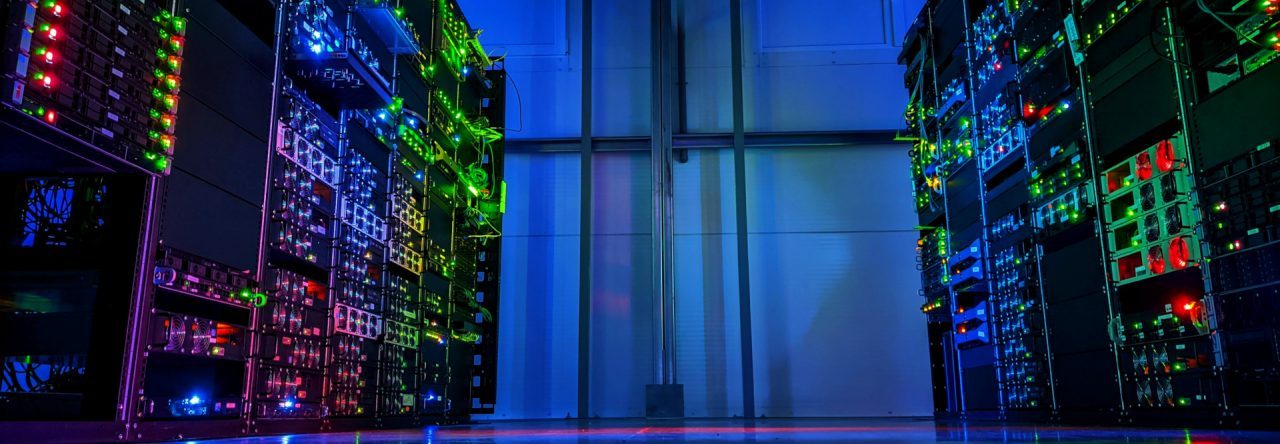
In today’s world, where digital technologies have become the foundation of nearly every process — from financial transactions to artificial intelligence — data centers have evolved into the heart of global infrastructure. Their stable operation directly depends on cooling efficiency. Every server, every processor in a rack generates heat, and if that heat isn’t dissipated in time, the system can lose performance or even fail. That’s why modern data centers invest heavily in intelligent cooling systems that not only reduce temperature but also optimize energy consumption and ensure stability under any conditions.
Why Cooling Has Become Critically Important
When we talk about high-performance computing, it’s important to understand the scale of heat generation. A single rack server can consume hundreds of watts of power, and tens of thousands of such devices in one hall create a true “microclimate.” If the temperature exceeds acceptable limits, components begin to slow down or even get damaged. This is not only a risk to the equipment but also a source of massive financial loss. According to experts, even a few minutes of downtime in a data center can cost a company thousands of dollars. Therefore, efficient cooling is not just a technical task — it’s a matter of business continuity.
The Evolution of Technology: From Air Conditioning to Liquid Cooling
In the past, cooling in data centers resembled conventional air conditioning systems: air was supplied to the server hall and circulated between racks, carrying away heat. But as server density and power increased, this method became insufficient. That’s when the concept of hot and cold aisles appeared — a system that separates airflows to prevent them from mixing. Later, engineers began implementing more advanced solutions, such as free cooling, which uses cool outside air to significantly reduce electricity consumption.
The most advanced approach today is liquid cooling. Instead of blowing air over the servers, heat is removed directly from processors and GPUs through special circuits filled with dielectric fluid. This not only improves cooling efficiency but also allows denser server placement without the risk of overheating. Liquid cooling is already widely used in data centers handling high-performance computing (HPC) and artificial intelligence workloads.
Energy Efficiency and Sustainable Development
Just ten years ago, the main goal was simply to lower the temperature in the server room. Today, the priority has shifted — cooling must be both efficient and economical. To measure this, data centers use the PUE (Power Usage Effectiveness) metric — the ratio of total energy consumption to the energy used directly by the servers. The ideal value is 1.0, but in most centers, it ranges from 1.3 to 1.5. To reduce this figure, operators are introducing heat recovery systems that reuse excess energy to heat buildings or even city districts. Such solutions are already being implemented in Scandinavia, the Netherlands, and Germany — and are gradually reaching Ukraine.
Intelligent Climate Control
Modern cooling systems no longer operate “blindly.” Thanks to sensors, machine learning algorithms, and analytical platforms, they can adapt to changing workloads, predict peak periods, and optimize the operation of fans, pumps, and compressors in real time. For example, the system can reduce fan speed at night when server load is lower, or increase it during periods of high activity. This approach reduces electricity costs and extends equipment lifespan. Moreover, analytics can detect malfunctions at early stages and prevent failures before they affect clients.
The Future of Cooling — Underwater and Beyond City Limits
Global trends show that cooling is becoming not only a technological but also an environmental issue. Microsoft, for instance, is experimenting with underwater data centers, where the natural temperature of the water helps minimize energy consumption. Other companies are building facilities near renewable energy sources — wind and hydroelectric power plants — integrating cooling with natural resources. Some projects even use phase-change materials that absorb heat as they melt and release it as they solidify, creating a closed thermal cycle.
Conclusion
Modern data center cooling is no longer just about air conditioners and fans. It’s a complex ecosystem that unites engineering, energy, and artificial intelligence. It determines how reliably our websites, services, payment systems, and even government databases operate. In an era when every second of downtime can have serious consequences, cooling has become a key factor in the stability of the digital economy. And companies that invest in modern cooling technologies not only maintain the performance of their servers but also set a new standard for efficiency, security, and sustainable development in the world of data.

Leave a Reply